Pass, Pass, Pass
Everyone’s heard of Brendan Rodgers apparent “philosophy” – you know, “death by football” and visits to Anfield being the longest ninety minutes of a footballer’s life. Well, the Reds don’t seem to be keeping to this strategy very well with Liverpool placing third out of five when it comes to pass completion percentages. The midfield trio have clocked in with an average of 87.7% pass completion rate which sees them fall behind both Manchester clubs who lie deadlocked on 88.7% each.

Now there is some perspective required here; the Reds are only 1% behind the top two from last season in terms of completed passes which is no sin. So, I’m willing to put this statistic down as unimportant – although I’d obviously like to see the Reds improve this as keeping the ball means a lot of things. Firstly, the opposition cannot attack whilst you have the ball, secondly, the opposition become drained mentally and physically when asked to constantly chase the ball and thirdly, I want the Reds to play attractive, passing football as Rodgers alluded to a few weeks ago when he stated he wasn’t simply interested in results but also the performances of the team.
The stats also look healthy when you compare Liverpool to my other two researched teams: Newcastle United registered an accuracy of just 83.6%, whereas Norwich City registered even lower with just 82.4%. These two teams are a lot weaker than the Mancunian clubs so perhaps Liverpool are exactly where they should be in this statistical table. Below the Manchester powerhouses but above the Newcastle’s and Norwich’s.
The worrying trend of Liverpool’s midfield not getting forward enough does continue however. With the Reds midfield only averaging 1.4 key passes per game so far. This is enough for joint second in my mini league but the total is the same as the supposedly weaker Newcastle United midfield consisting of Sissoko, Anita and Cabaye. Again, it is Gerrard supplying the most in this area too, with an average of 2.5 key passes per game compared to the lowly, but understandable, 0.4 for Lucas – perhaps highlighting why he doesn’t get many assists. The strongest player I looked at in this category was Manchester City’s Silva. The Spaniard has clocked up an average of 3.9 key passes per game and has subsequently helped City boss this creative aspect of the game.

With regards to passing, I think Liverpool would have wholly benefitted with Philippe Coutinho being in the team as he’d almost certainly have provided more key passes than Jordan Henderson’s average of 1.2 – Coutinho is also Liverpool’s closest player to Silva, making Liverpool’s midfield more attacking by a long way. Liverpool could really do with a decent back-up to Coutinho – although Henderson has done ok in the number ten role – because that would alleviate the pressure on the little Brazilian and ensure we don’t suffer if and when he becomes injured. However, a stronger and more mobile defensive midfielder should be higher on the agenda come January.
A sign of great encouragement does appear for Liverpool’s midfield when one delves into the statistics the amount of times each player is dispossessed per game. When combining the three Liverpool midfielders, the men from Anfield came joint top with the Reds being dispossessed, on average, less than once per game. This means Liverpool aren’t losing the ball very often when it comes to dribbling. A high dribbling success rate is always encouraging for a midfielder and this allows for a bit of spontaneity in attack with passing often becoming predictable if not completed at the right speed. The down side to this is that Liverpool’s midfield might not be attempting enough dribbles – hence, the team has a low dispossession rate.
The Shield
So far this season, I’ve been wholly unimpressed by Liverpool’s inability to keep clean sheets. Not since Manchester United visited Anfield have the Reds managed a clean sheet. Even lowly Sunderland and the woeful Crystal Palace managed to breach Mignolet’s goal. So, it might come as a surprise to many of you that Liverpool are actually the team with the highest tackles per game ratio from the teams I have researched. But, is it really surprising? Liverpool’s lack of control in the central midfield area has seen the Reds concede possession and drop deep in-order to stem opposition attacks. Now, if a team has the lower share of possession, then surely that team should expect to have to defend more and therefore make more tackles. This is why I look upon Liverpool’s average tackles per game statistic as a huge negative.

Liverpool, and particularly, Brendan Rodgers have championed the way football should be played – keep the ball, manipulate the opposition and then recycle the ball if it doesn’t work – don’t waste the ball by aimlessly throwing the ball into a crowded area. However, this is exactly what Liverpool haven’t done and this has led to Liverpool needing to tackle the opposition a lot more than we would like. Backs to the wall jobs against Manchester United and Aston Villa spring to mind when last-ditch tackles were needed time and time again. With 3.6 tackles averaged per game, Liverpool are well clear of Norwich City (2.1) and Manchester City (2). Newcastle came out best here with just 1.3 tackles averaged per game. Do Liverpool really want to be averaging more tackles per game than the likes of Norwich City and Newcastle United? No they don’t. They want more possession and more control. So far, these statistics show that this controlling aspect of Rodgers’ midfield has not been good enough.
However, I always want to bring a positive note to the table and Liverpool’s average interceptions per game statistic is very promising. Liverpool have averaged 1.7 interceptions per game between them which means Gerrard, Henderson and Lucas are working well mentally on their positioning when the opposition has the ball. Although this sounds low, professional footballers should not be allowing their passes to be regularly intercepted, so any interception is a good one. Only Manchester United can boast a better figure (2.3) which is mostly down to the stout work of Michael Carrick who averages an astounding 4.3 interceptions per game, on average.

Conclusions
Looking at all the statistics, I have to say what many of us are already thinking: Liverpool’s midfield might not be good enough for a sustained top four push. The Reds lack mobility in the centre of the park, especially when the “Duracell Bunny” Jordan Henderson is forced to play out-wide. The Reds defence is also being bombarded by too much pressure because the midfield is failing to control the games as it is meant to – this would be a really big problem if either one of the SAS stopped scoring, meaning we were relying on defensive strength to grind out results. You would also have to conclude that Liverpool’s midfield is well, well short of Manchester City’s – although, the realistic among us probably knew this already what with City having spending powers beyond belief and genuinely spending the money well. However, positive signs suggest Liverpool’s midfield is currently performing better than the Champions’ midfield – Liverpool bettered United in all but one of the stats I analysed (percentage of passes completed).
Thankfully, I’m also glad to point out that Liverpool’s midfield appears to be coping better than Newcastle’s and Norwich’s which means at the minute, Liverpool’s midfield is performing exactly where we’d expect it to be at this point – above United, Newcastle and Norwich but below Manchester City. This raises the question then: perhaps the midfield is good enough after all? However, this study doesn’t take into account stats from Arsenal, Tottenham, Chelsea or even Southampton – who I’d expect to better Liverpool in terms of midfield statistics.
I recently wrote that Liverpool are in desperate need of a more mobile central midfielder and that we will struggle until January because there is no way to fix this problem before the transfer market reopens. However, in Joe Allen, Liverpool have a midfielder who is much more mobile than both Lucas and Steven Gerrard and also highly motivated by the fact he failed to reach his full promise during an injury ravaged first season – he’s out to make a point. I think bringing back Joe Allen could be a good call for Brendan Rodgers as he seeks better control over games by keeping possession and making passes tighter. I’m also a big believer that Liverpool should eventually revert to a 4-3-1-2 formation to allow the SAS partnership to remain in the same team, as well as allowing Rodgers to get Allen and Coutinho onto the pitch at the same time – this should allow for better control over games with our two best possession based players playing at the same time.
The Fulham game represents an ideal chance for Joe Allen to play, with the fixture taking place at Anfield against a team struggling in the bottom half of the Premier League. Don’t rule the Welshman out too quickly – Reds fans should have the comeback stories of Lucas Leiva and Jordan Henderson fresh in their minds before they criticise Joe Allen. This is my personal solution to our midfield crisis until we can heavily reinforce in January, with Gerrard being relegated to a substitute role for difficult away games when high pressing and mobility is most needed.
In any case, if Liverpool finish fourth, and I’ve been completely wrong about what I have discussed here, I’ll still be wearing a beaming smile come May.





Decent article and well thought out, and as much as i admire the thought process and the information you’ve collated, one thing must be added – you’ve only chosen 3 players from each time. Look into NUFC for example – you’ll find that Anita has yet to start more than 1 game, rendering his stats effectively useless. Sissoko, has been deployed more-so on the right-side of a flat midfield 4, whereas MUFC/LFC and certainly City play 3 CM’s at most times – again distorting the statistics.
Thanks for the comment – I’m sure Zak will look further into appearances next time we do a series like this.